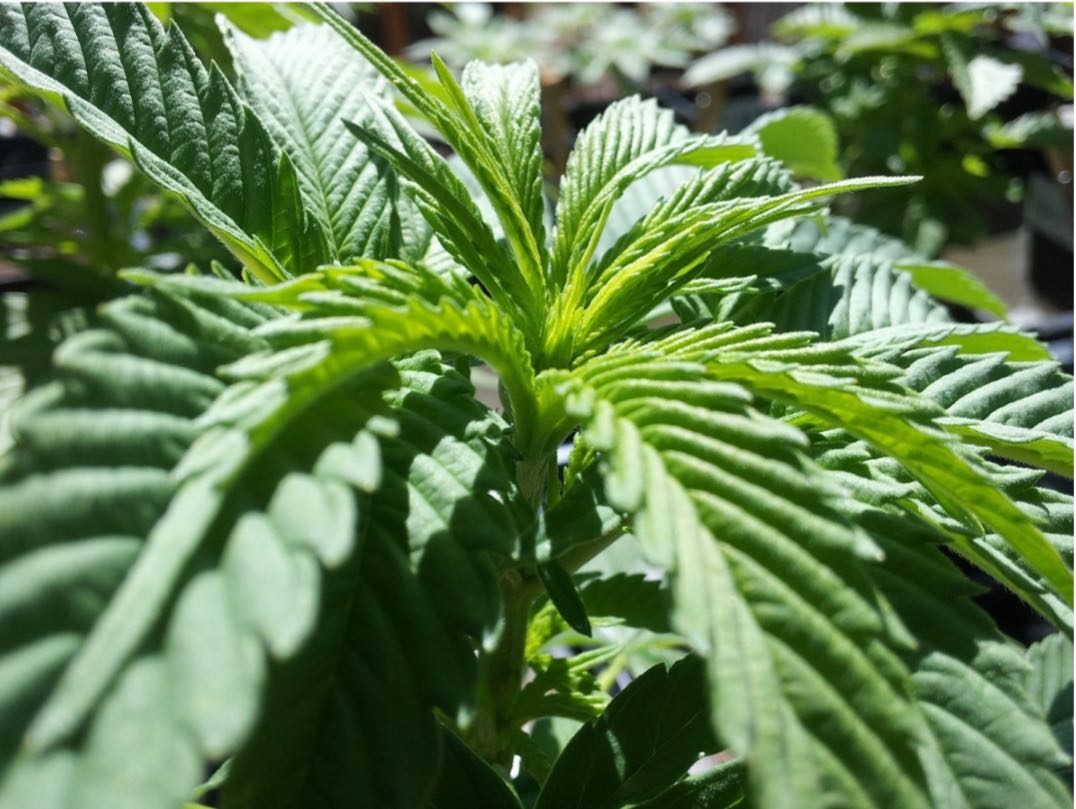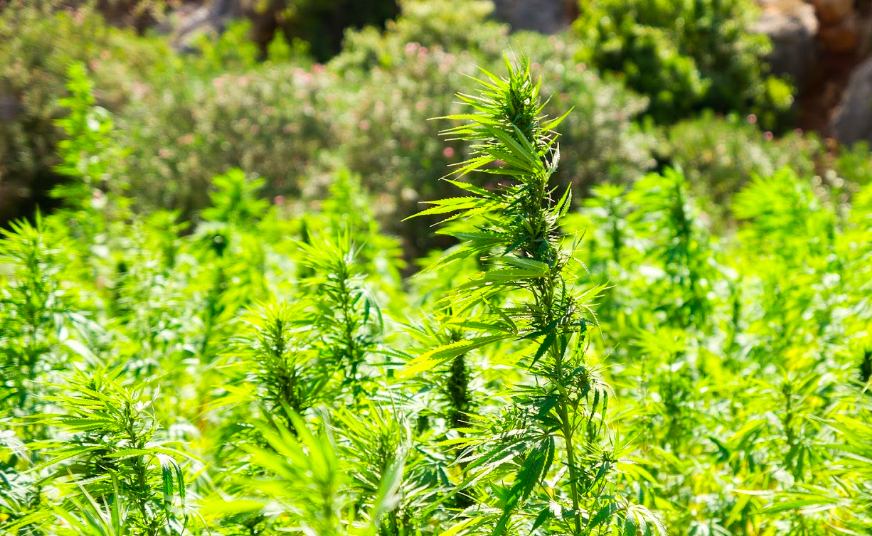CBD Explained
There’s a lot of information about CBD, hemp, and marijuana, and a lot of it is wrong. Let’s clear up the confusion and learn about the history and uses of CBD.
Over time, people have searched for a cure-all remedy to ease aches, pains, and stress and to restore health and balance. You’ve probably noticed the massive popularity of cannabidiol (CBD) products on the market and probably have many unanswered questions about just what is CBD and how it works. Not to mention, CBD is collected from hemp (a plant in the cannabis family that has little-to-no intoxicating tetrahydrocannabinol, or THC).
Hemp is often misunderstood, and the stigma that took root back in the 1930s along with prohibition. By 1931 the plant was illegal, and by 1937 the Marijuana Tax Act was passed.
Of note, the terms “marijuana,” “hemp,” and “cannabis” are often used interchangeably, but hemp and marijuana (Cannabis sativa) possess different characteristics. Hemp has the lowest THC levels that will not cause intoxication. THC and CBD are one of many cannabinoids in the cannabis plant.

Ancient uses of cannabis date back 12,000 years, making it one of the first cultivated plants in history. Evidence of the plant was found in many countries and used mainly for food (the seeds are high in protein), rope, and fabric. Cannabis is also one of the 50 fundamental herbs in traditional Chinese medicine and has been used medicinally and spiritually for centuries.
Fast forward to the 1970s, when a synthetic THC was created and used in prescription form mainly for pain. Some say this innovation opened the door for medicinal cannabis (more on that later).
Currently, medicinal cannabis is used for many physical symptoms, most notably for chronic pain.
Marijuana vs. Hemp
Both marijuana and hemp are members of the cannabis family. Cannabis is a genus of flowering plants in the Cannabaceae family, which contains three species: Cannabis sativa, Cannabis indica, and Cannabis ruderalis.
But in reality, the difference between marijuana and hemp comes down to the amount of THC; "Marijuana" is defined as having more than .03 percent of the intoxicating substance THC. Marijuana has been used by some as a substitute for opiates, which can be addictive and dangerous. Marijuana is also used to relax muscles, minimize PTSD symptoms, and to help with GI issues. It is legal in several states but is still illegal federally.
Hemp, on the other hand, has less than .03 percent THC and is generally legal throughout the United States. Consumers in most states can now purchase CBD and CBD infused products from large-chain stores.
But, it’s important to state that more clinical research is needed before anyone can make medical claims.
What is CBD?
CBD is one of the chemical compounds found in hemp. It is non-intoxicating and is undergoing many studies for its health and wellness benefits for a wide range of conditions. CBD works with your endocannabinoid system (ECS); a widespread neuromodulatory system in your body that has received research attention over the past 25 years. It consists of cannabinoids your body synthesizes, receptors and enzymes.
Cannabis-like substances and receptors (CB1 and CB2) in the nervous system and enzymes exist in all of us. The ECS system regulates many important functions such as appetite, digestion, inflammation, mood, and sleep. CBD interacts with these receptors in your body.

How to Choose CBD Products
CBD extracted from hemp (the non-intoxicating form of cannabis) is legal, but consumers should be cautioned to choose products that come from a credible source.
When searching for a CBD product, look for hemp-based CBD. The hemp used to make CBD products should be carefully cultivated, quality controlled, and tested to ensure potency. Some other things to know about CBD:
- The sale and production of hemp were legalized with the 2018 Farm Bill.
- CBD is deemed safe and non-habit forming by the World Health Association.
- There are two extraction methods of CBD; using solvents and heat (steam).
- CBD can be found in many consumer forms; oil, tinctures (some combined with THC ratios), topical creams and salves, patches, foods, and beverages. Cativa CBD uses a CBD isolate.
- Research into CBD is ongoing, and many of the health claims reported by CBD users are being investigated. Some users believe it has helped with pain, inflammation, menstrual issues, anxiety, epilepsy, gut health, and many other ailments. But it's important to understand that more research is needed to validate these claims.
With so many products on the market today it’s hard to know where to start. Cativa CBD makes it easy to choose a non-intoxicating CBD product that combines the power of science with the promise of nature to bring you balance, wellness and health. Cativa CBD collaborates with renowned scientists and engineers from Princeton University, Zeeh Pharmaceutical Labs, and the University of Wisconsin to create all natural, sustainable, safe, and effective products.
Learn more about our products here.
Back to List
